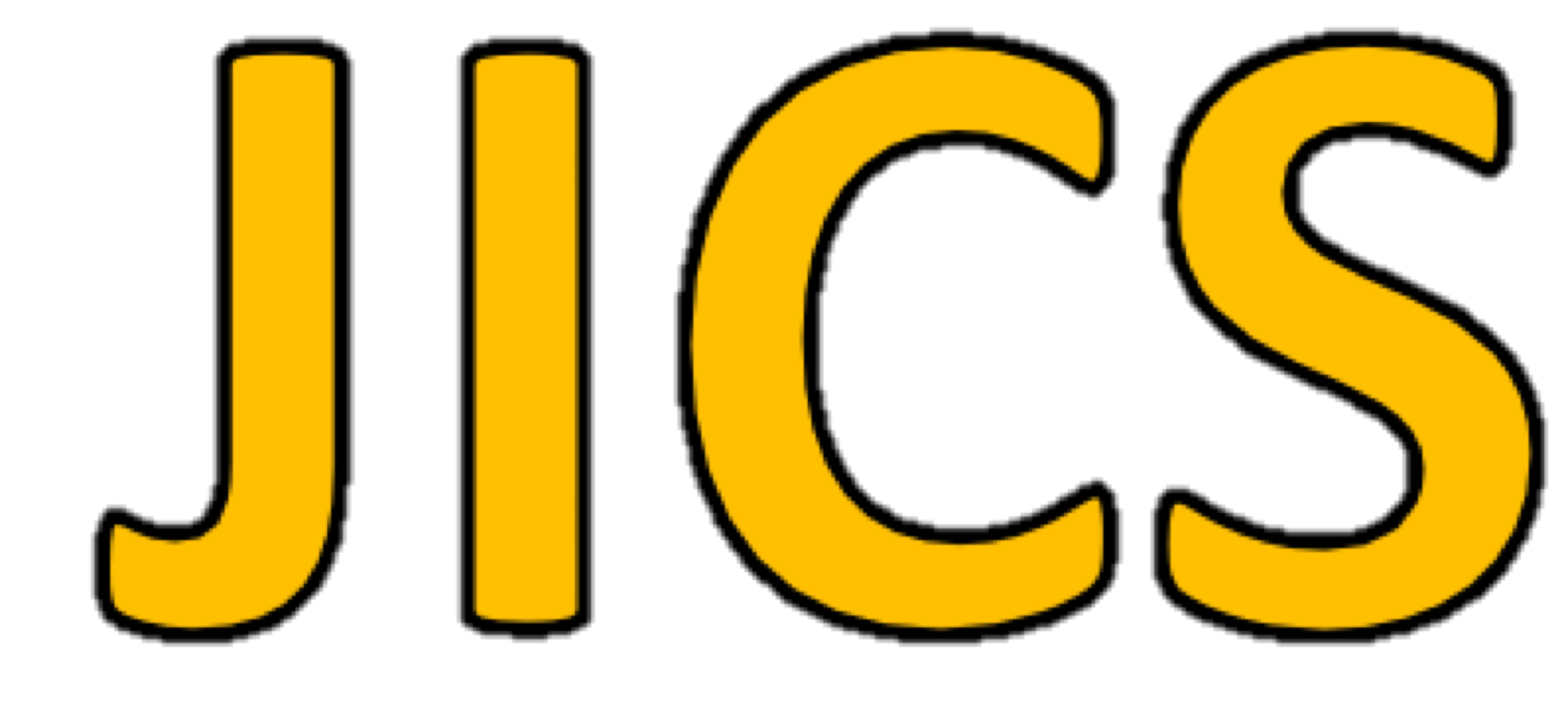A Road Luminance Measurement Application based on Android
Young-Hwan Choi, Hongrae Kim, Min Hong, Journal of Internet Computing and Services, Vol. 16, No. 2, pp. 49-56, Apr. 2015
Keywords: image processing, lane detection, android NDK, Smartphone, Road luminance measurement, GPS sensor
Abstract
Statistics
Show / Hide Statistics
Statistics (Cumulative Counts from November 1st, 2017)
Multiple requests among the same browser session are counted as one view.
If you mouse over a chart, the values of data points will be shown.
Statistics (Cumulative Counts from November 1st, 2017)
Multiple requests among the same browser session are counted as one view.
If you mouse over a chart, the values of data points will be shown.
|
|
Cite this article
[APA Style]
Choi, Y., Kim, H., & Hong, M. (2015). A Road Luminance Measurement Application based on Android. Journal of Internet Computing and Services, 16(2), 49-56. DOI: 10.7472/jksii.2015.16.2.49.
[IEEE Style]
Y. Choi, H. Kim, M. Hong, "A Road Luminance Measurement Application based on Android," Journal of Internet Computing and Services, vol. 16, no. 2, pp. 49-56, 2015. DOI: 10.7472/jksii.2015.16.2.49.
[ACM Style]
Young-Hwan Choi, Hongrae Kim, and Min Hong. 2015. A Road Luminance Measurement Application based on Android. Journal of Internet Computing and Services, 16, 2, (2015), 49-56. DOI: 10.7472/jksii.2015.16.2.49.

